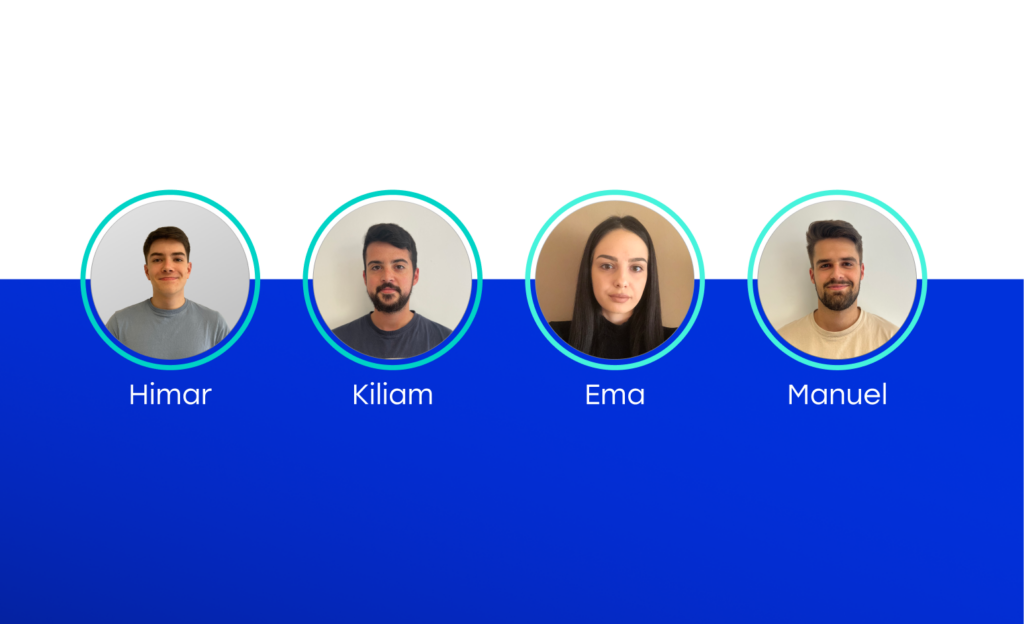
As the necessity for tech solutions for digital businesses continues to increase, the demand for software engineers grows simultaneously.
However, to be able to kickstart their career, students in software development have one more obstacle to overcome – experience. Today, tech companies require more than a degree when they seek potential employees. For them, it’s equally important that their new team members can demonstrate the ability to work in this environment and produce results.
According to latest industry stats, approximately 70% of employers offer their interns full-time jobs and 56% of all interns in the United States have accepted job offers from the company they interned for. So, if you’re a founder of a software company or a student in software engineering, you will both benefit from an internship program – it’s a win-win situation.
Here’s how to structure a successful internship program so that you can both have the best experience possible.
The Cornerstones of a Software Engineer Internship Framework
There are four major elements in the core area of structuring a successful internship program in software development.
- Goal setting: helps the supervisor plan the assignments and provide the intern with valuable experience;
- Mentorship: motivates and empowers interns to identify their own challenges in the development process and get insightful feedback every step of the way;
- Training: helps your interns put their newly acquired knowledge into practice and expand their technical skills;
- Professional Development: the goal of an internship program is to produce competent and skilled developers that ideally would turn into full-time employees;
Snapshot of our Internship Program for Software Engineers
The latest internship program for front-end development at our company lasted 3 months and was carried out by our senior developers Nenad and Hristijan.
More specifically the program covered:
- HTML / CSS / SCSS
- JavaScript basics
- The React JS framework
- Git Workflow
- Agile Development
This time we decided to document the process and then turn it into a visual framework. We also prepared a useful checklist that we can share with the community.
Quick checklist:
- Assess the level of the intern and make a tailored program for his/her level of experience to optimize the learning curve;
- Make a diverse program that covers multiple aspects of engineering, not only the coding part.
For example: include DevOps, agile best practices, databases, etc; - Provide the intern with courses but don’t leave them to just repeat the coding exercise from the courses; challenge them to solve similar problems apart from the course and do coding on their own;
- Provide constant & constructive feedback, and don’t stick only to pull request feedback. Try to read between the lines as the interns are shy and mostly won’t express their fears and need of assistance;
- Write the feedback every week to easily track the progress and make a plan for the entire internship. Include a checklist of skills for every week/month.
- Ask them to do demos of their work in front of a bigger audience as much as possible. Being technically fluent is equally important as being a good coder.
- Teach them how to think when they need to provide an estimate; let them do estimations for small user stories by breaking the user story into tasks so they can learn the thinking process and engineering behind it.
- Don’t forget to teach them about the definition of done and unit testing. Quality code is very important!
We try our best to only recruit interns who we can properly support and possibly retain as full-time engineers. We’re still trying to do this the right way.
Even though they have coding skills, a lot of the interns in our program have never had formal employment in the tech sector. Most businesses are able to be of assistance for this type of internship.
However, many companies are simply not in the position to support interns who have never seen code before. Investing resources in the form of time, effort, money, and education and bringing up people from that level requires a certain structure.
Avoid hiring folks you can’t support when you’re developing an internship program that you intend to use to scout talent.
It’s disappointing for both sides = your interns are disappointed because in the end you didn’t hire them, and it’s disappointing for the company as well because the internship program fails to deliver on your intended goals.